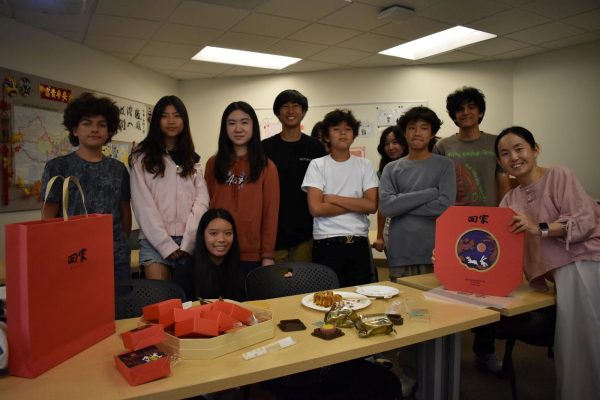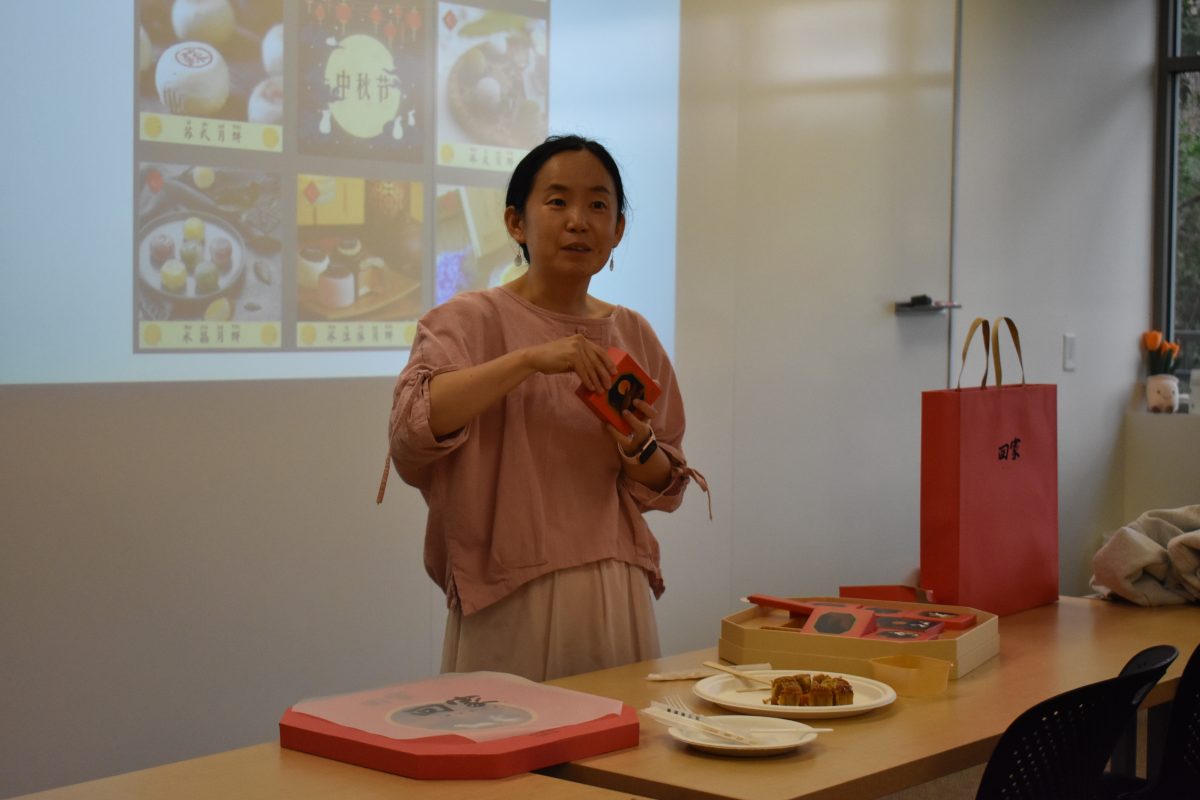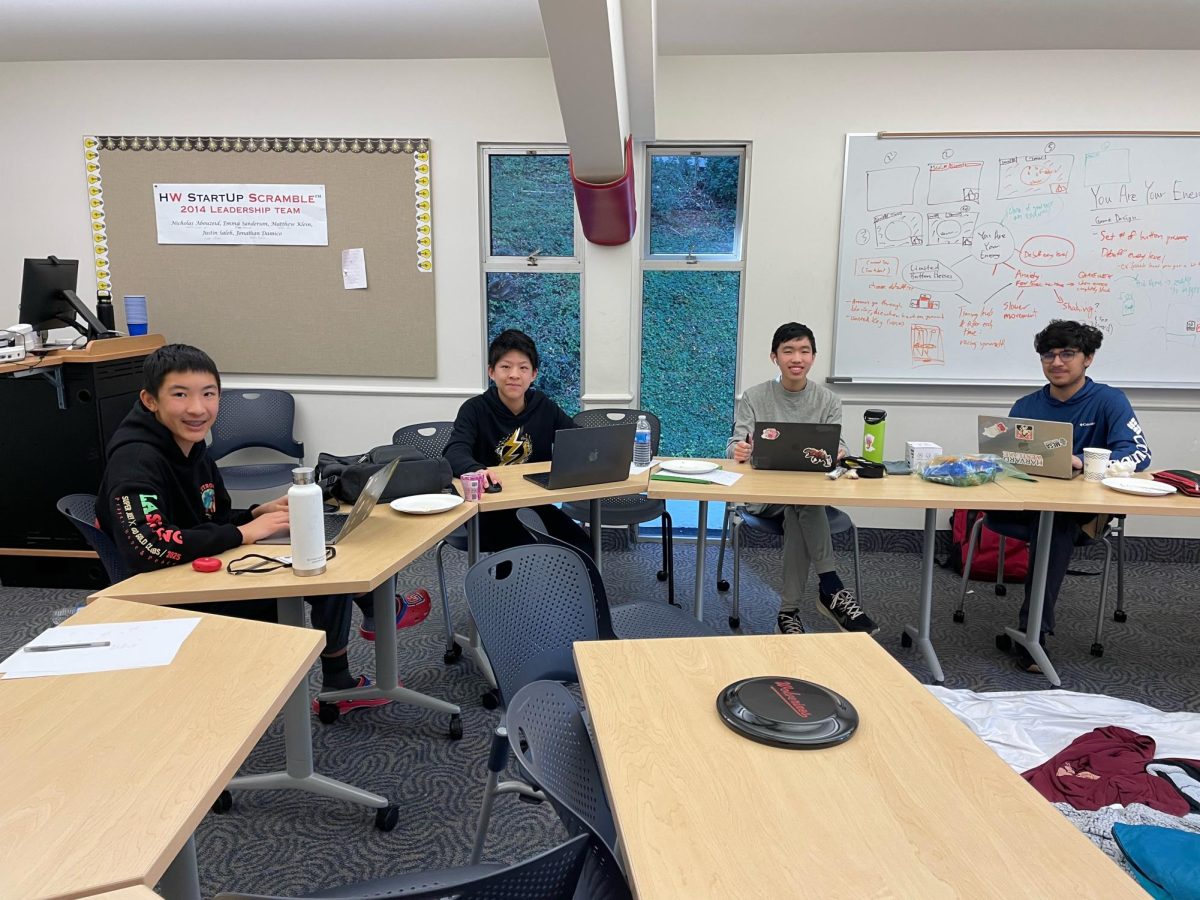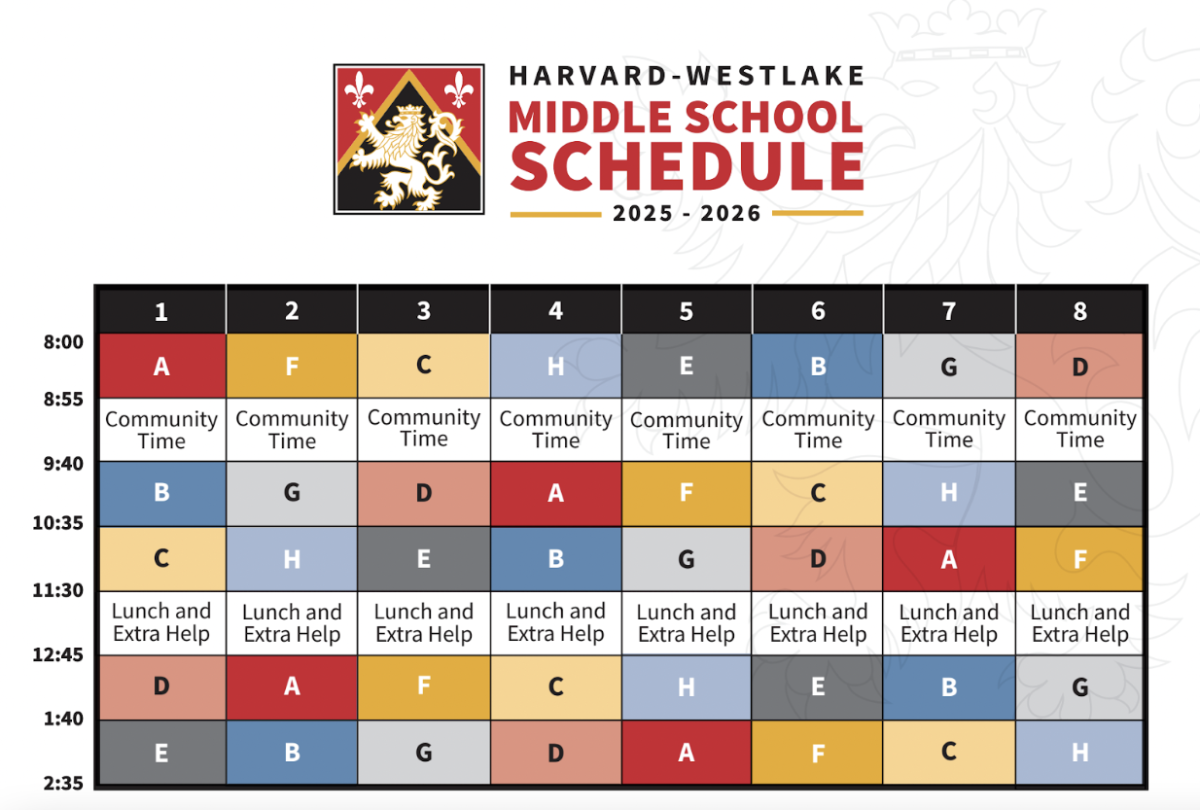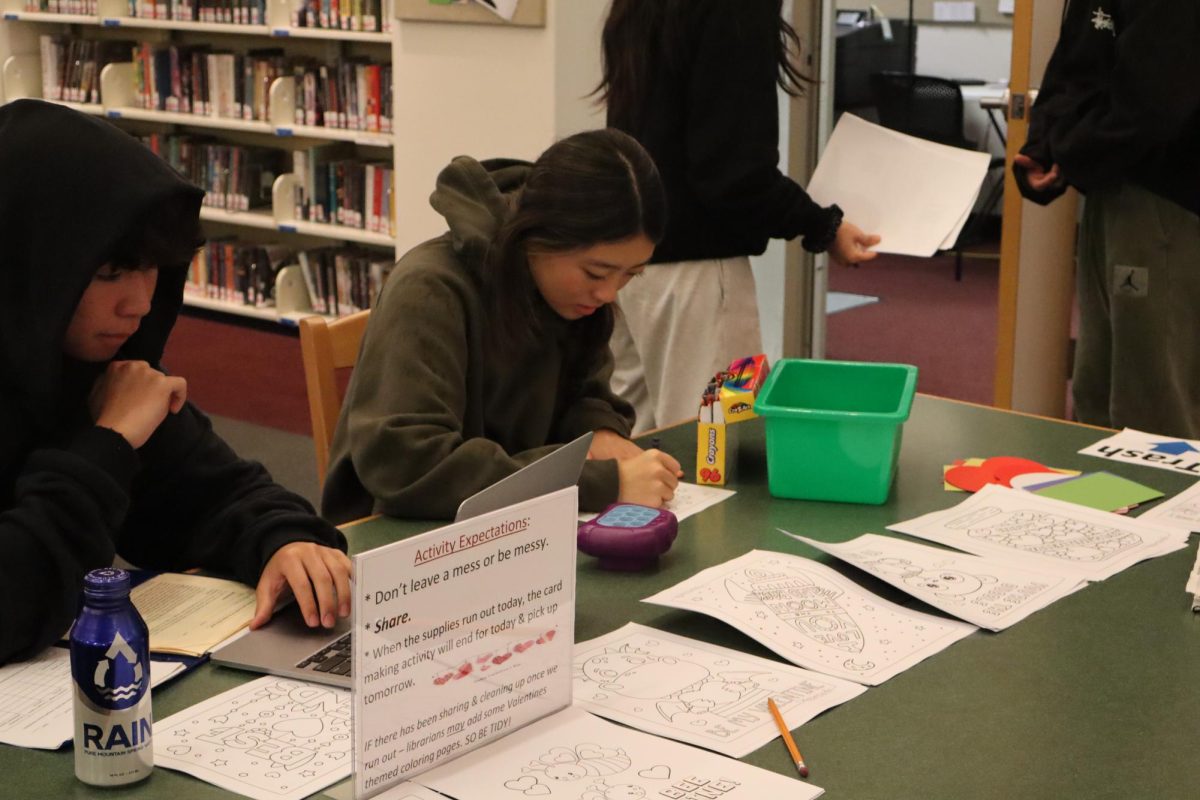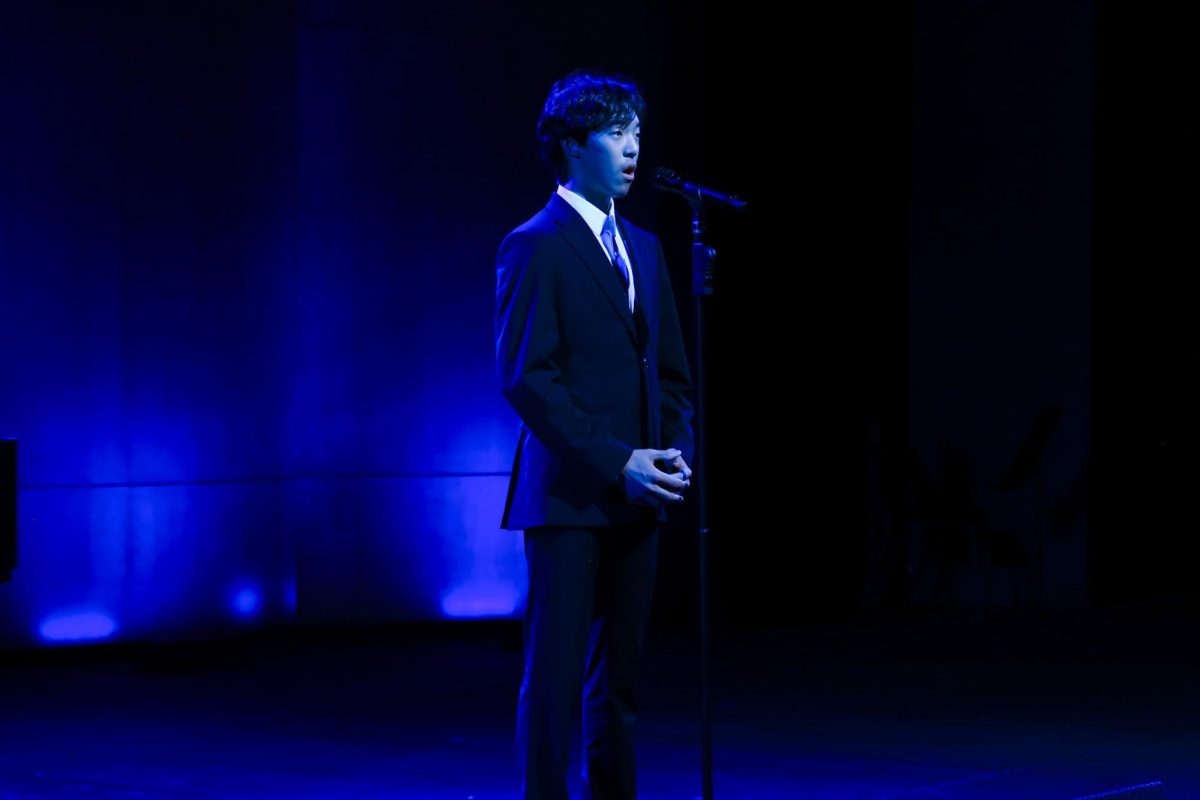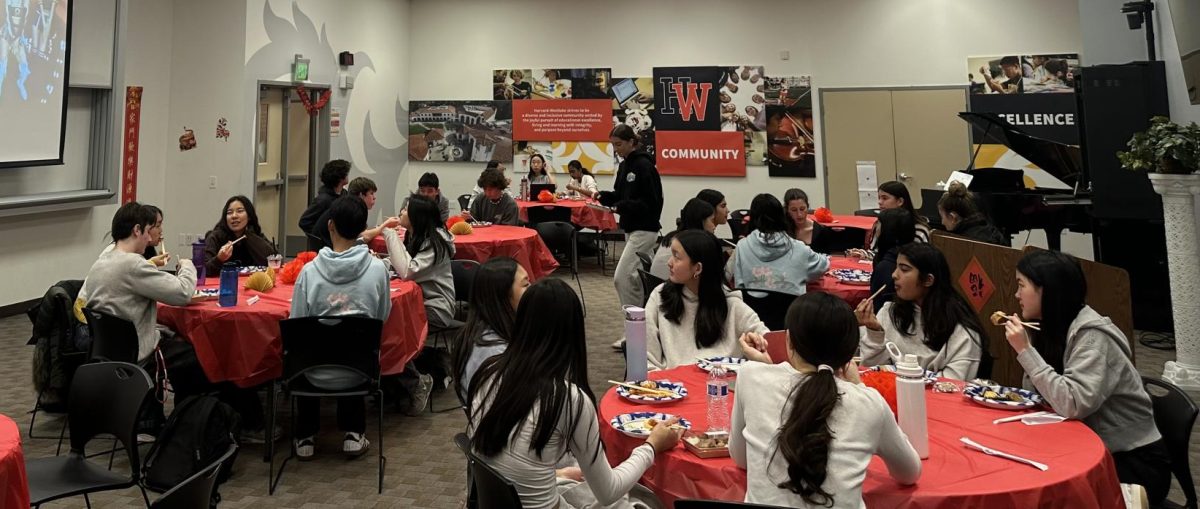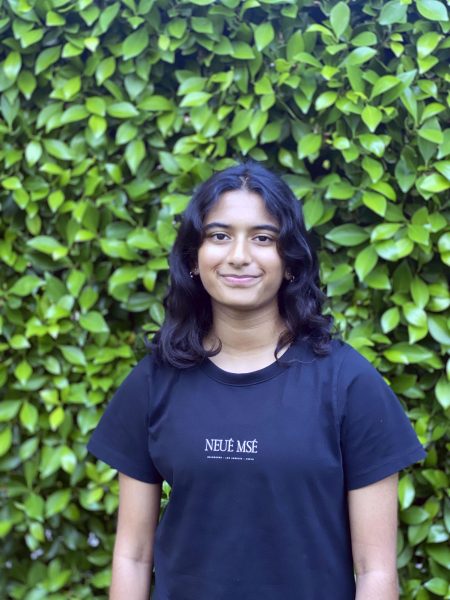Every year, a bright moon marks the start of the Mid-Autumn Festival, which falls on the 15th calendar day of the 8th month in the lunar calendar.
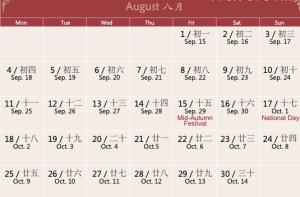
For reference, this is a comparison between the Gregorian calendar, the calendar system widely used in America, and the Lunar calendar (used in China). Note: the Lunar Calendar uses the 29 day cycle of the moon to define the months of the year.
A lot of students celebrate the Mid-Autumn Festival.
“I celebrate the Mid-Autumn Festival by eating mooncakes, as a dessert, with my family while looking at the bright moon,” Chloe Hsu ’27 said.
The Mid-Autumn festival is an important cultural holiday for many people around the world. It is most celebrated in Asia, originating in China.
According to legend, Hou Yi, once an immortal who lived in the Jade emperor’s palace, came down to Earth to shoot down the 10 suns that were causing hardship for the people on Earth. He shot down 9 out of the 10 suns and was rewarded with 2 elixirs of immortality. He hid the immortal elixirs, with only him and his wife, Chang’E, knowing its location. Eventually, a student of his catches word of the fact that he is in possession of 2 immortality potions. While Houyi is away, his student tries to break in and steal the potions; in fear, Chang’E consumes both the elixirs, which leads her to fly to the moon and the legend of the moon goddess is born.
Each year thereafter, to honor her absence, Hou Yi offers mooncakes (a favorite food of Chang’E) to the moon to show Chang’E that he misses her. Since then, during the Mid-Autumn Festival, people have offered various types of fruits and mooncakes to worship the moon.
Lanterns are also a festive component in the celebration – often brightly lit or round in shape, which is reminiscent of the moon; in ancient times, lanterns were purely decorative, but now have become an emblem of the celebration itself. It has become a tradition for families to assemble lanterns and hold them while attending a Mid-Autumn Festival procession.
More specifically, the Mid-Autumn Festival is a symbol of community and gathering. In the evening, people eat mooncakes and watch the moon because it symbolizes prosperity and wholeness. Mooncakes are particularly significant for this holiday because in Chinese culture, in addition to the legend of Chang’E, roundness symbolizes completeness and togetherness of families, which is why it is such an important familial holiday and you’ll often see families get together.
“Eating mooncakes is a traditional delicacy, usually with a dried egg-yolk in the middle, and various patterns on the top,” Celine Wang ’26 said.
